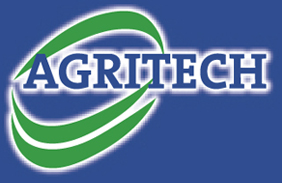Many herds are currently engaged in drying off cows, as the focus shifts towards dry cow management across most farms. It’s also important to consider nutrition plans when cows calve down this coming Spring, accounting for the following:
- A planned and well executed dry cow mineral programme.
- Calving down the cow in the correct Body Condition Scoring (BCS).
- Excellent animal husbandry in the week pre-and post-calving (no additional stressors).
- Careful transition diet planning.
Given how silage quality in many cases was hampered due to poor growth and weather, do you have sufficient high-quality forage available for when cows calve down come Spring 2025? If not, what’s your back-up plan?
Negative Energy Balance (NEB)
In the week post calving, cows produce more milk than their feed intake can provide for, resulting in Body Condition loss due to Negative Energy Balance (NEB). Typically, a cow reaches peak milk output 6-8 weeks post-calving but will only reach peak dry matter intake 10-12 weeks after calving. Such a cow’s diet must be energy dense enough to ensure body weight loss of less than 0.5 BCS between calving and breeding.
Dry matter intake typically increases by 0.75 – 1.0 kg/week post-calving, underlining the need for an energy-dense transition diet. This can prove difficult to control where silage quality is poor. In such a scenario, farmers must be prepared to fill the gap; otherwise, production will be compromised in the short-term, while in the longer-term, issues including poor fertility could be evident by May. Adequate concentrate supplement, depending on milk output, is paramount, with high energy grazed grass forming an essential diet component.
Monitoring NEB
- Low milk protein %: when energy is restricted in the diet – often caused by poor quality silage, delayed turnout and/or insufficient supplementation levels relative to cow output.
- Body condition loss across the herd (<25% of cows with a >0.5 unit of BCS loss in early lactation).
- A bulk tank milk fat: protein ratio > 1.4 (calculated by dividing the milk fat % by milk protein %); signals poor energy balance in the herd’s diet where compact calving occurs.
For more information, contact your local Agritech Sales Advisor here.


